| Structure | Name/CAS No. | Articles |
|---|---|---|
 |
Squalene
CAS:111-02-4 |
|
 |
Hydrochloric acid
CAS:7647-01-0 |
|
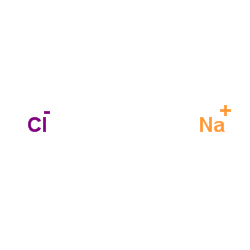 |
sodium chloride
CAS:7647-14-5 |
|
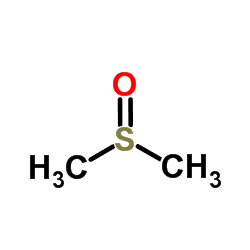 |
Dimethyl sulfoxide
CAS:67-68-5 |
|
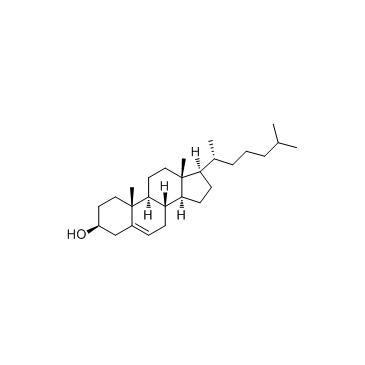 |
cholesterol
CAS:57-88-5 |
|
 |
SODIUM CHLORIDE-35 CL
CAS:20510-55-8 |
|
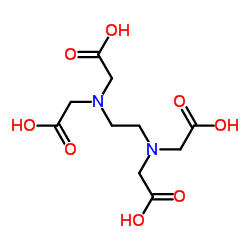 |
Ethylenediaminetetraacetic acid
CAS:60-00-4 |
|
 |
1,4-Dithiothreitol
CAS:16096-97-2 |
|
 |
HYDROGEN CHLORIDE ~1.25 M IN METHANOL, 250 ML
CAS:132228-87-6 |
|
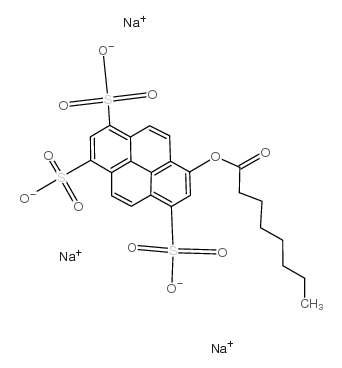 |
8-Octanoyloxypyrene-1,3,6-trisulfonic acid trisodium salt
CAS:115787-84-3 |